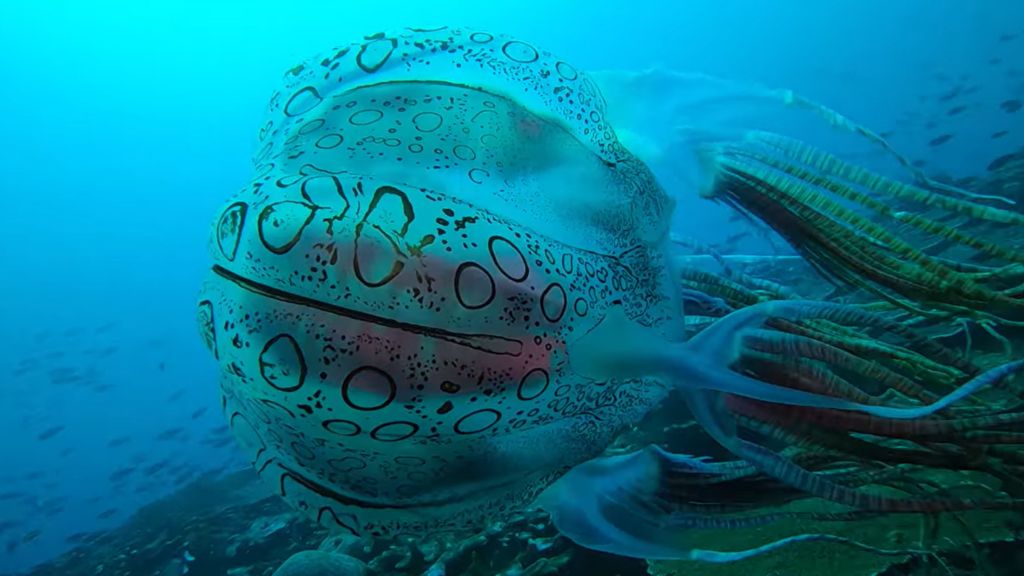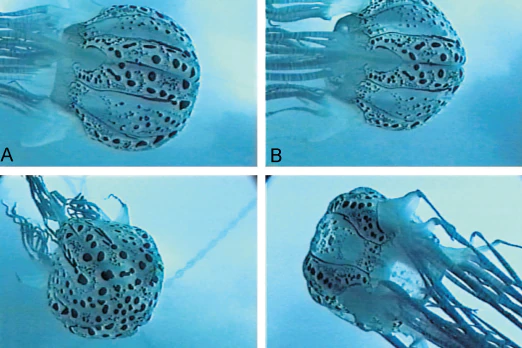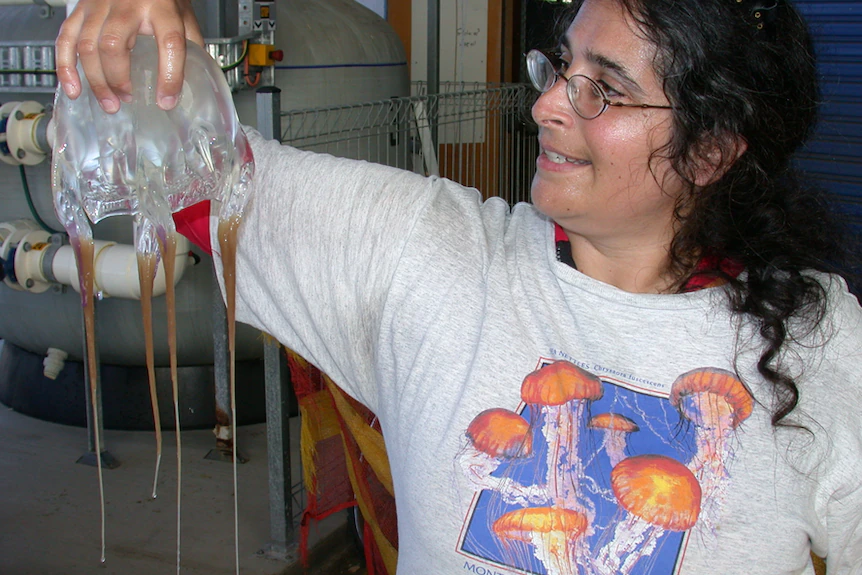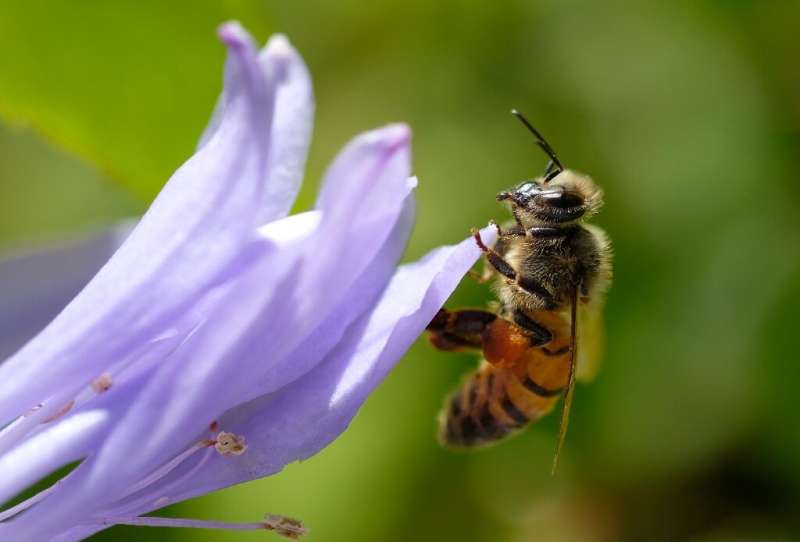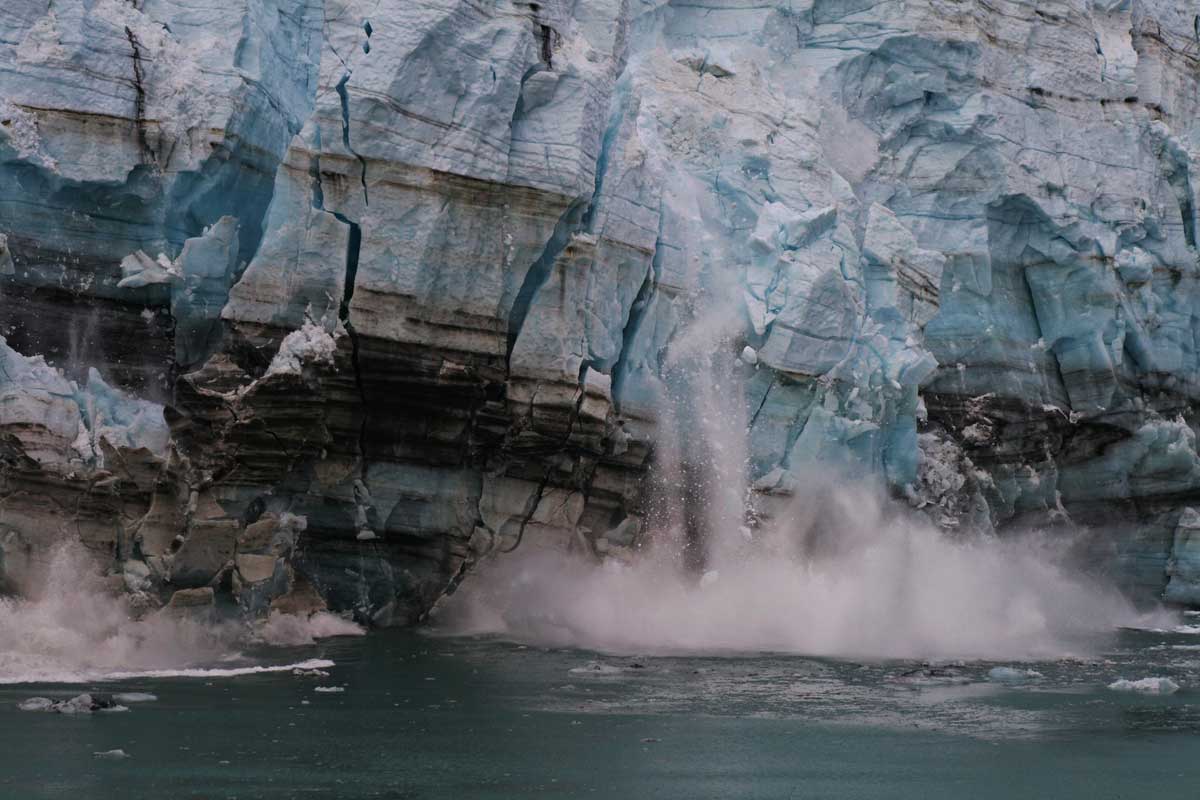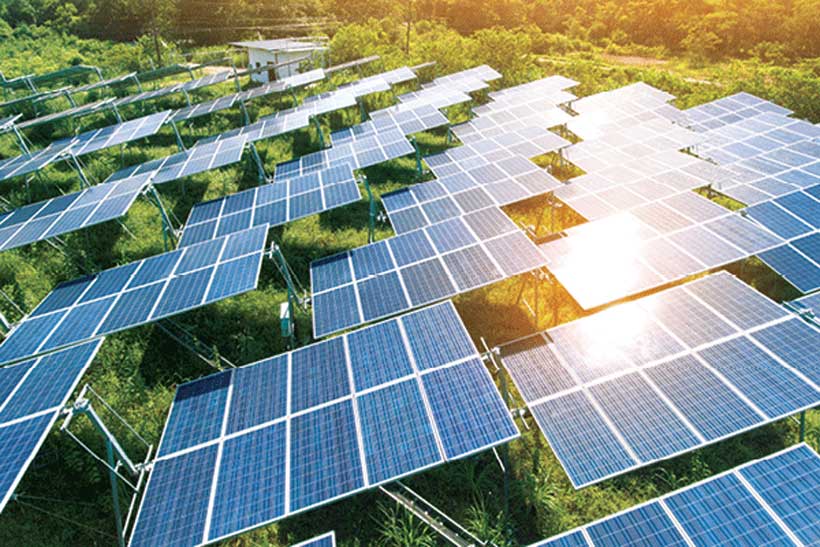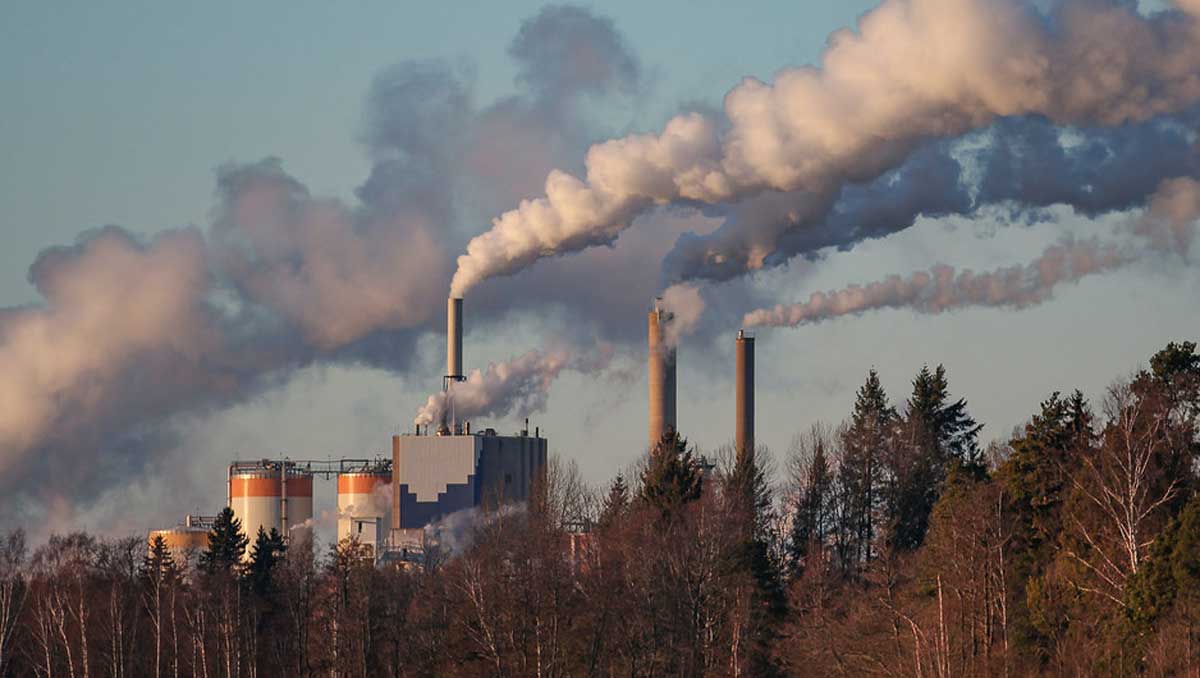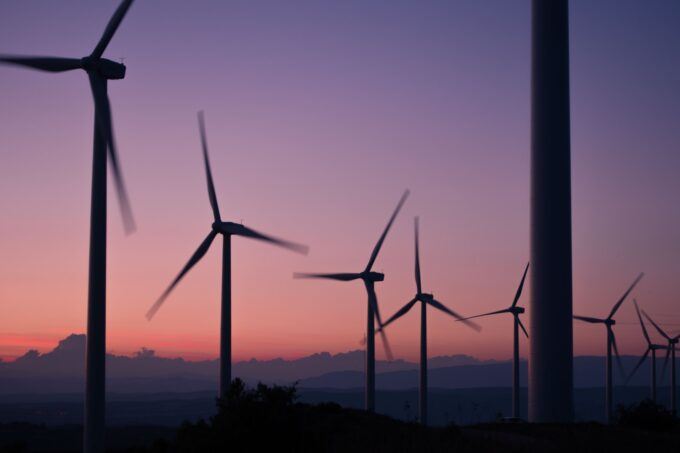Janet MCEVOY
Wed, October 26, 2022

French abstract artist Pierre Soulages, who has died aged 102, was the Henry Ford of painting: for him there was just one colour, black, and he spent a lifetime exploring the light within it.
"I love the authority of black, its severity, its obviousness, its radicalism," declared the tall painter who was himself always clad in black.
"It's a very active colour. It lights up when you put it next to a dark colour," he told AFP in an interview in February 2019.
Soulages's death was confirmed to AFP on Wednesday by his longtime friend Alfred Pacquement, who is also president of the Soulages museum in southern France.
Works by the best-selling French artist have commanded seven-figure sums, with a 1960 canvas of thick black stripes selling at auction at the Louvre for $10.5 million in 2019.
A household name in France but less known internationally, his paintings hung in more than 110 museums around the world, including the Guggenheim in New York and London's Tate Gallery, with hundreds more housed in the Musee Soulages in his southern hometown of Rodez.
For his 100th birthday in December 2019, he was treated with a retrospective at the Louvre -- a rare honour for a living artist.
"Beyond the black, his works are vivid metaphors from which each of us draws hope," French President Emmanuel Macron wrote on Twitter.
- Beyond black -

Soulages titled all his pieces "Peinture", or "Painting" in English, distinguishing them afterwards by their size and date of production.
One, called "Peinture 162 x 130 cm, 2 mai 1963", sold for almost six million euros on Wednesday, auctioneers Sotheby's said.
When he was around 60, Soulages shifted from black to the reflection of light from black -- a technique he called "outrenoir" or "beyond black" in English.
It involved scraping, digging and etching thick layers of paint with rubber, spoons or tiny rakes to create different textures that absorb or reject light, taking him to what he called a "different country" from plain black.
Standing 1.9 metres (six foot two inches) tall, "his body language is often described in the same terms as his paintings: strong, vital, powerful," the New York Times noted in 2014.
Hollywood celebrities including Alfred Hitchcock reportedly snapped up his works.
- Dark obsession -
Born on December 24, 1919, he was even as a child obsessed by the dark sheen of ink.
With all his "black marks on paper", his mother would tease him that he "was already mourning her death", he said in the AFP interview.
He showed his first works shortly after World War II in 1947.
While contemporaries and friends, such as Hans Hartung and Francis Picabia, were dabbling in colour, he opted for the walnut stain used on furniture to create geometric works on paper or canvas.
For a while he even tried daubing dark tar on glass.

At 33, Soulages showed at the prestigious Venice Biennale in 1954 and held his first solo New York exhibition just two years later.
Black was not just his own obsession, he said, wondering: "Why did people in prehistoric times draw in black inside dark black caves when they could have used chalk?"
Soulages was also known for perfectionism: if he was not 100 percent happy with a painting, "I burn the canvas outside. If it is mediocre, it goes," he told AFP.
He is survived by his wife of 80 years, Colette.

Pierre Soulages, 1919 – 2022 (b. Rodez, France) French artist internationally known as “the painter of black and light,” who created a vast body of abstract paintings has died aged 102. Soulages forged a career of great inventiveness and longevity that sealed his place in art history.
When light is reflected on black, it transforms and transmutes it. It opens a mental field all its own – PS
Growing up in Rodez, France, Soulages was fascinated by the stone monoliths and other archaeological artifacts displayed at the local natural history museum, the Musée Fenaille. Deeply influenced by the concept of prehistoric men painting on the walls of caves, prehistoric art became his main source of visual inspiration.

Pierre Soulages Courtesy Timothy Taylor London
Soulages moved to Paris at the age of eighteen, where he practiced as an artist until he was drafted into military service in Montpellier at the start of World War II. Following the war Soulages returned to Paris, where he opened a studio and held his first exhibition at the Salon des Indépendants in 1947.
Soulages said, “My instrument is not black but the light reflected from the black.” Black, manipulated both as a medium and tool, is the essential foundation of Soulages’ work. His enormous oeuvre, a large proportion of which is housed in Rodez’ devoted Soulages Museum, is united by his fascination for the changing appearance of black in light. Since the beginnings of his career as an artist Soulages has consistently been drawn to the reflective and absorptive qualities of black paint. Soulages began exploring the relationship between black and light in the 1940s in the form of boldly gestural abstract paintings . In 1979, Soulages began to forgo colour entirely in favour of thickly encrusted all-black paintings that he calls ‘ultra black’ or outrenoir. Since then, Soulages has worked exclusively in black. Rejecting traditional painting equipment, Soulages frequently uses wood panels, cardboard and miscellaneous objects from his studio to apply, scrape and hatch paint into defined areas of the canvas. On the genesis of his signature style, Soulages once remarked: ‘I found that the light reflected by the black surface elicits certain emotions in me. These aren’t monochromes. The fact that light can come from the color which is supposedly the absence of light is already quite moving, and it is interesting to see how this happens. I realized I needed to find a word that could convey the mental field opened up by these paintings.’
In celebration of the artist’s 100th birthday in 2019, the Louvre honoured the French painter with a solo show. Significantly, the only other artists given this privilege during their lifetimes have been Picasso and Chagall. Soulages has been the subject of dozens of major retrospectives held at institutions across the world, including the National Art Museum of China, Beijing; Centre Georges Pompidou, Paris; The Museum of Fine Arts, Bern; Taipei Fine Arts Museum; and The National Museum of Modern and Contemporary Art, Seoul.
LGDR his gallery had this to say:
It is with profound sadness that we share the news of the passing of our dear friend and artist Pierre Soulages. The most significant and internationally recognized artist of his time in France, he was 102 years old. Our thoughts and most sincere condolences are with Colette Soulages, the artist’s wife and partner of 80 years, as well as his family, friends, studio, and Alfred Pacquement, president of the Musée Soulages. We have been immensely privileged and honored to work closely with Soulages for nearly two decades. While to most, he is known as the painter of black, we hope he will forever be remembered as the painter of light. Soulages was a prolific creative force—a painter, sculptor, and draftsman—who approached his work not only with skill and intuition, but also with conceptual, philosophical, and alchemical rigor. He forged a career remarkable for its openness to reinvention and its longevity. Through his astonishing body of work, Soulages beckoned us to look at art with incisiveness, curiosity, and wonder. He leaves a legacy of influence that can be felt throughout generations of artists and around the world. We are so grateful to have shared in the gift of his and Colette’s friendship, and his artistic collaboration and breathtaking work.
“Saying goodbye to Pierre is saying goodbye to not only an incredible artist, but a man of exceptional generosity, kindness, and intelligence. It has been an honor knowing him, working for him, and being one of his many ambassadors in the art world. He leaves an indelible mark on 20th-century art.”
— Dominique Lévy, Co-Founder, LGDR
Read More
BY ALEX GREENBERGER

Pierre Soulages, a French painter who created hundreds of canvas almost exclusively in shades of black for decades, died at 102 on Wednesday. A representative for his New York gallery, LGDR, confirmed the news of his death.
In France, Soulages has obtained legendary status for his sleek abstractions, which enact elegant plays between light and dark simply by juxtaposing uneven black strokes. He is one of just a few contemporary artists ever to have had a show at the Louvre in Paris, and he was once described by François Hollande, the former Prime Minister of France, as the “greatest living painter.”
But Soulages has been considered a giant of postwar abstraction outside France, too, with retrospectives staged in locales ranging from São Paulo to Seoul.
“Pierre Soulages knew how to reinvent black, by bringing out light,” Emmanuel Macron, the Prime Minister of France, wrote on Twitter on Wednesday. “Beyond the dark, his works are vivid metaphors from which each of us draws hope.”
Macron had been referring to the term Soulages used to describe his usage of black, which he called “outrenoir,” or “beyond black.” He once said it pointed to a place where, “in the end, the black is not black anymore. The color black is only present to reflect, transform, transmute the light it collects. What is the color black? It’s this only color which is the absence of all light. White is the gathering of all lights but black is total absence.”
He began to mainly rely on black paint in 1979, and never stopped. In these works produced using black, thick strokes stand out against flat backgrounds, and pieces of monochromatic canvases are removed while the paint is still wet, so that depressions are left behind. The paintings appear textural, even sculptural at times.
Soulages has often been compared to the Abstract Expressionists, who were active during the postwar era, when he first rose to fame. Yet Soulages often claimed he was different from them because these artists sought to portray their inner psychological states, while his pared-down canvases were meant to allow viewers to project their own emotions onto them.
“It happens between the surface of the painting and the person who is in front of it,” he once told the New York Times.

His abstractions from the postwar era do feature shades other than black, but his colors are similarly muted. Soulages’s paintings from the late 1940s consisted of little more than a few brownish strokes of walnut stain, a cheap kind of paint that he employed to rich effect. Spare and downcast, these paintings depict nothing outright, but they have been considered emblematic of the sad mentality of many in western Europe following World War II.
“His relentless gestures convey inconsolable rage at the country’s collapse even as they symbolize it,” Donald Kuspit once wrote in Artforum. “Clearly, there is an air of bitter tragedy to Soulages’s art. It certainly suffers from bad memories.”
Pierre Soulages was born in Rodez, France, in 1919. As a child, he regularly visited the Musée Fenaille, an archaeological museum that awakened within him a fascination with millennia-old objects. He would continue to cite antiquities as an inspiration throughout his career, and as a teenager, he even took part in a dig involving a Neolithic excavation chamber. The objects he discovered ended up being acquired by the Musée Fenaille.
At age 18, Soulages moved to Paris. He embarked on his journey to become an artist, but his quest was derailed by the start of World War II, at which point he was drafted into military service in Montpellier. He came back to Paris after the war ended and began receiving attention for his walnut stain works.
In 1947, he showed at Paris’s Salon des Surindépendants, and by the end of the decade, he had earned praise from the likes of artist Francis Picabia.

During this time, in the U.S., there had been a spike in interest in abstraction amid the rise of Abstract Expressionism. Curators in New York began looking abroad for similar examples, and Soulages figured in Stateside shows such as “Younger European Painters” at the Guggenheim Museum in 1953. Soon he was having solo shows with Kootz Gallery, the same space that had helped boost Abstract Expressionists like Robert Motherwell and Willem de Kooning.
While Soulages’s work appeared frequently in New York during the ’50s, it largely fell out of favor for decades afterward.
Within France, there have been efforts to cement Soulages’s place in art history. In Rodez, there is an entire museum devoted to Soulages that opened in 2014; it holds the deepest collection of his work, as well as a research library and a space for temporary exhibitions. In addition to Soulages’s 2019 Louvre show, there was a retrospective for him at Paris’s Centre Pompidou in 2009.
For Soulages, painting had the potential to radically transform the world.
“Painting allows us to live in a more interesting way than we live our everyday lives,” he once told Interview. “If painting doesn’t offer a way to dream and create emotions, then it’s not worth it.”

